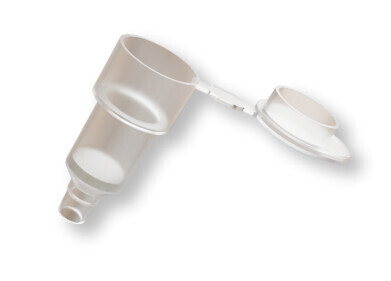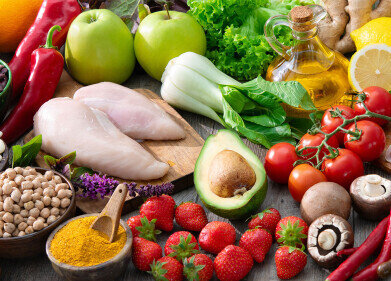Sample Prep
How Does Temperature Affect Extractions for Chromatography?
Feb 14 2021
Chromatography is a relatively simple process on the surface, so simple that we can teach it to ten-year-olds. But beneath that simplicity there is a complex web of factors that can affect the quality and reliability of the data that we can extract and analyse. And the complexity starts even before we get into column conditions, detector temperature and gas flow rates.
Good chromatographic practice must begin with the best sample possible being introduced to the column or spotted onto the paper. An example of sample preparation is discussed in the article, Evaluation of Mixed-Mode Ion Exchange SPE for the Extraction of Opioids from Human Urine by UHPLC-MS/MS. There are many factors that can affect sample preparation including solvent type – polar or non-polar, pH, solubility, and sample state.
Soxhlet gets the job done
One of the key factors for preparing some samples is temperature, especially when the components of interest must be extracted from a sample matrix. Using temperature can assist analysts to improve and speed up the extraction process. In Soxhlet extraction for example, increased temperature can improve extraction yields and speed up the process as the rate of extraction is increased. Using Soxhlet extraction can drastically reduce the amount of solvent needed to fully extract a sample from its matrix when compared with room temperature methods.
When volatile sample components are involved, an increased temperature is often used with a purge and trap, or thermal desorption can be used. Headspace analysis is relatively common with volatile samples and gas chromatography in solvent, petroleum, and food analysis. By increasing the temperature, the volatile components are driven into the gas phase where they can be collected and analysed.
Is hotter always better?
But increasing the temperature cannot always be used and when it is used it must be used with caution. Simply applying more heat is not necessarily the perfect solution to fast, efficient, and reliable analysis. Thermal degradation of sample components must be considered in any sample preparation. When heat is used to separate volatiles in a matrix, the relative volatilities of the analytes may be different so that the relative concentrations in the final analyte are different to the concentrations in the original sample matrix.
Analytical extractions play an important role in many modern analytical techniques. Increasing temperature may reduce the amount the chemicals used and reduce the time taken for extraction. But the analyst should be aware of any potential changes to the sample due to increased temperature and the thermodynamics of the sample mix.
Digital Edition
Chromatography Today - Buyers' Guide 2022
October 2023
In This Edition Modern & Practical Applications - Accelerating ADC Development with Mass Spectrometry - Implementing High-Resolution Ion Mobility into Peptide Mapping Workflows Chromatogr...
View all digital editions
Events
ACS National Meeting - Fall 2024
Aug 18 2024 Denver, CO, USA
Sep 04 2024 Chiba, Tokyo, Japan
Sep 04 2024 University of Warwick, Coventry, UK
Sep 10 2024 Rockville, MD, USA
Plastics Recycling World Expo Europe
Sep 11 2024 Brussels, Belgium













